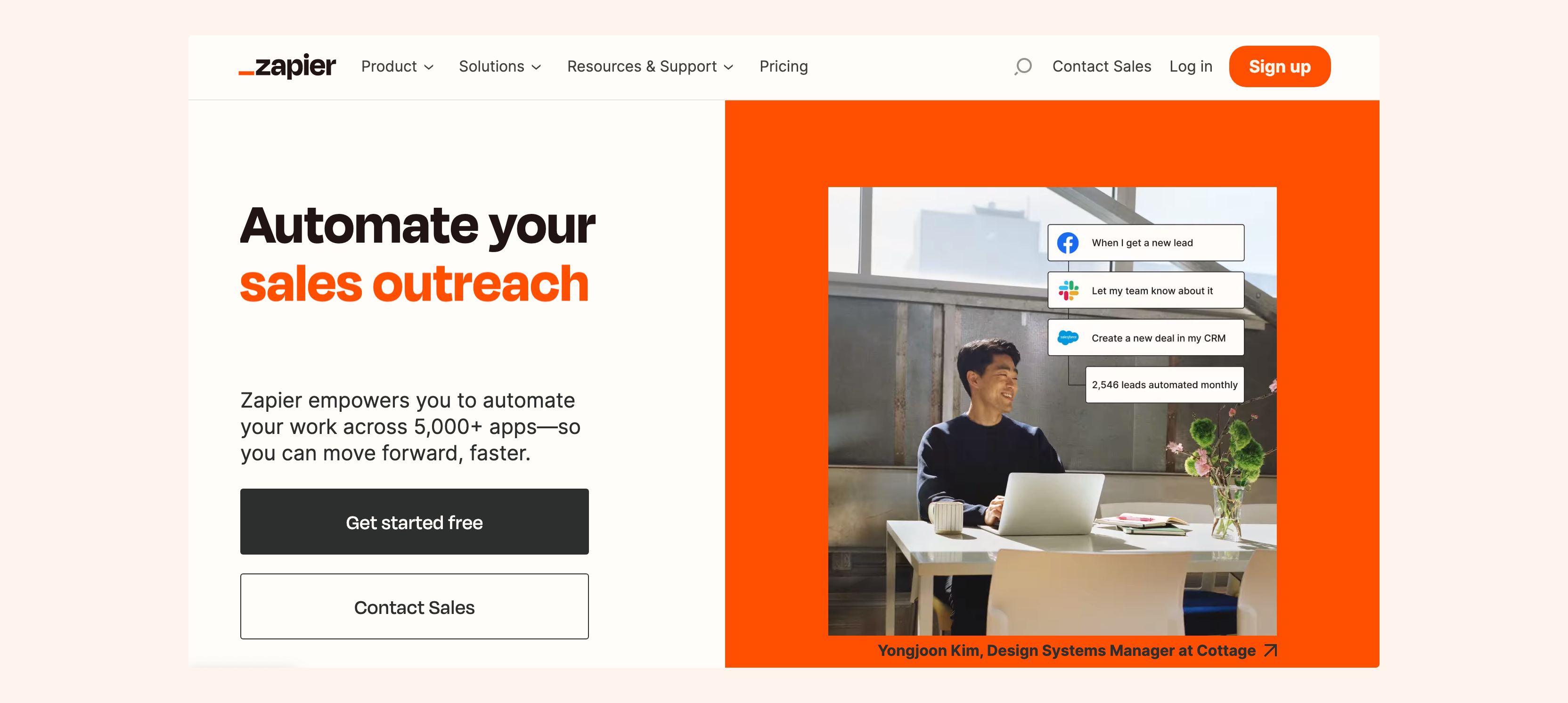Mythbusting: “No-code tools are too basic to help developers”
No-code and developers really can get along.
Table of Contents
TL;DR: No-code and developers actually get on really well. The right tools can save developers time, ease the demands put on them by others in the team, and let them focus on the challenging and important work that really matters.
Let’s get it straight: no-code tools and software developers are by no means in opposition to one another. There are numerous ways in which bringing no-code tools into a business will benefit both how developers work, and what their day-to-day work actually entails.
No-code/low-code uptake in the developer community is on the rise. People are seeing that it can make their work quicker, easier and, ultimately, more rewarding. That’s led to a whole range of platforms and tools specifically positioning themselves towards developers. Internal.io, Retool and Xano are all examples of tools that are looking to lure them in by effectively saying “we’re here to make your life a whole lot easier.”

So how can no-code tools help?
- They let developers create basic things, quickly. There are certain things that developers are likely to have written code for over and over again. Things like login systems, email and SMS functionality, calculation apps or simple data gathering forms. Top tip: never even mention the words login screen near a developer. No-code tools are great for quickly creating these basic functions, letting people get on with the complex and challenging work that really matters to the business (and which they probably find more rewarding too).
Top tip: never even mention the words 'login screen' near a developer
- They’re great for testing ideas. Quickly creating prototypes and MVPs of apps is super advantageous to developers, who might want to test ideas or hypotheses without the intensive demands of building an app from scratch. Developers can build rudimentary versions of the products they want using no-code tools and platforms and then move forward with actual development once the prototyping period has given them the info they need.
- They take care of specific activities. There are plenty of specific activities and tasks that developers need to set up that no-code and low-code tools can take care of. Think about automations. As a developer, quite often you might want to create a connection between two platforms. Instead of having to mess around with servers and APIs, a no-code automation tool like Zapier lets you instantly create a connection – and it works. These time savers quickly add up.

- They also handle the infrastructure. File this broadly in the bucket of ‘saving time’. Using no-code tools and platforms means that a lot of the laborious sides of running apps are taken care of. Developers don’t need to worry about where to host their app, security or maintenance. They can start building their software immediately. There are also significantly fewer bugs to deal with than in written code.
- They let developers apply their skill set to new areas. Whisper it quietly, but not every developer is capable of creating every type of app. A certain developer might be great at creating web apps, but not particularly comfortable creating mobile apps. It would, naturally, take some time to improve their skills. Using a mobile app builder like Adalo, though, would be a game changer. Because developers know how code works, they’d be able to build the mobile app they need easily, and far quicker than someone non-technical. It would be intuitive. In a similar vein, a developer might be great at writing code for the back-end but struggle with creating aesthetically appealing interfaces that users really dig. A no-code platform like Webflow would take care of that problem – allowing the developer to augment their skills.

- Organisation-wide collaboration increases. One underrated benefit of adopting no-code is the fact it allows for way more collaboration across departments. Because no-code tools are intuitive for non-technical people to use, other people in the organisation can have a direct and active role in using them. That puts far less of a demand on developers to make changes or explain difficult concepts; freeing up time and a backlog of tech requests. Take the Webflow example. A developer might use it to create the website itself, but they can then hand it over to the marketing or content team who can upload content, add pages or do anything else they wish to do. Certain no-code tools are in effect low-code for developers and no-code for others in the team. This hybrid approach can be incredibly powerful for an organisation.
What’s the takeaway?
Thinking that no-code and developers don’t mix is clearly way too simplistic. The truth is that, used in the right way and for the right purpose, there are numerous ways that these tools can make a developer’s job easier, faster and more rewarding. Plus, the knock-on effects within the wider organisation can greatly benefit developers too – especially when it comes to collaboration. It can only be a positive thing when more and more people can actually use and affect the apps that the business relies upon.


Similar Tutorials
Want to read
more articles
like these?
Become a NoCode Member and get access to our community, discounts and - of course - our latest articles delivered straight to your inbox twice a month!











